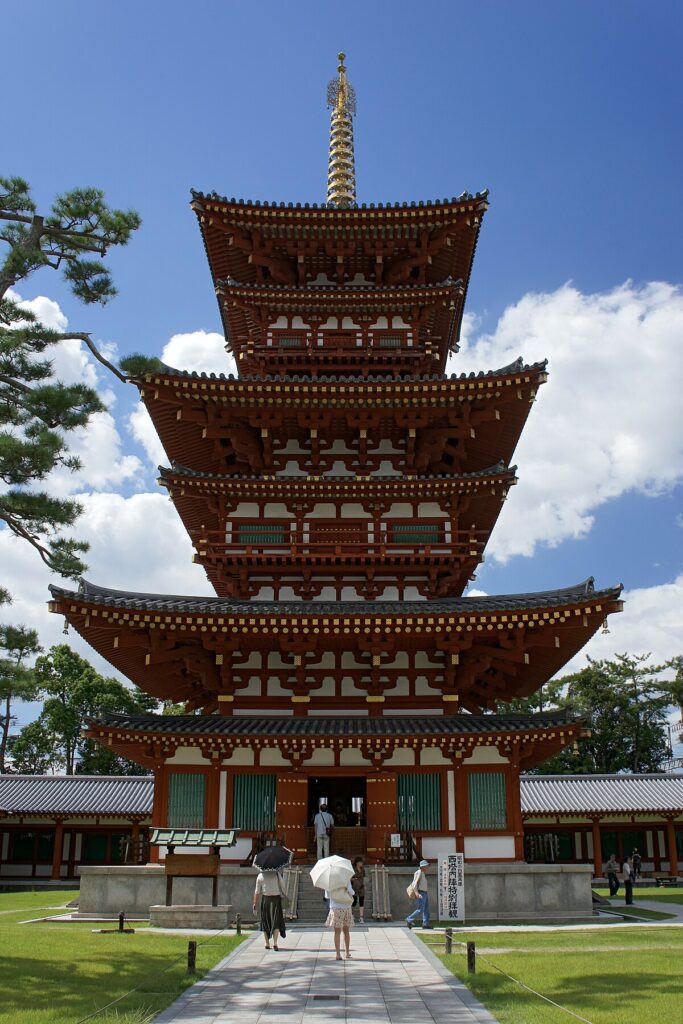Tourist attractions--archive--
-

Jogasaki Coast (Ito City, Shizuoka Prefecture)
Overview (History, Features, and Attractions) Jogasaki Coast, located in Ito City, Shizuoka Prefecture, is a scenic coastal spot representative of the Izu Peninsula. It features sheer cliffs stretching for approximately 1-2 km and a group of unusual rock formations formed by the erosion of dark basalt and lava. The contrast between the rough sea and the cliffs is captivating... -

Katori Shrine (Katori City, Chiba Prefecture)
Overview (History, Features, and Attractions) Katori Shrine is an ancient shrine located in Katori City, Chiba Prefecture, and is the head shrine of the Katori Shrines that are spread across the Kanto and Tohoku regions. The main deity enshrined there is Futsunushi-no-Mikoto, who has long been worshipped as the guardian deity of military fortune, navigation, and industry. According to the shrine's legend... -

Zentsuji (Zentsuji City, Kagawa Prefecture)
Overview (History, Features, and Attractions) Zentsuji is a historic Shingon Buddhist temple located in Zentsuji City, Kagawa Prefecture. It is said to have been built on the birthplace of Kobo Daishi, or Kukai. Believed to have been founded in the early Heian period, the temple has preserved many buildings and cultural assets over its long history. Its spacious grounds and... -

Yakushiji Temple (Nara City, Nara Prefecture)
Overview (History, Features, and Attractions) Yakushiji Temple is an ancient temple in Nara City, Nara Prefecture, with origins dating back to the end of the 7th century (tradition says it was founded around 680 at the request of Emperor Tenmu). It is a representative temple that still preserves the layout and architectural style of Nara-era temples, and is known for its "healing of illness and good health" and its principal deity, Yakushi Nyorai. -

Ena Gorge (Ena City, Gifu Prefecture)
Overview (History, Features, and Attractions) Ena Gorge is a scenic spot in Ena City, Gifu Prefecture. Its charm lies in its gorge landscape, dotted with oddly shaped rocks and small islands formed by the erosion of the Kiso River. Its sheer cliffs, folding screen-like rock formations, and lush mountain streams change appearance with the seasons, especially during the seasons of fresh greenery and autumn foliage. -

Zamami Island (Zamami Village, Okinawa Prefecture)
Overview (History, Features, and Attractions) Zamami Island (Zamami Village) is one of the central islands of the Kerama Islands, located west of Okinawa's main island. It is known for its crystal clear waters, known as "Kerama Blue," and its abundant coral reefs. In ancient times, it prospered as part of the Ryukyu Kingdom through fishing and trade, and during World War II, it was part of the Kerama Islands... -

Oita Marine Palace Aquarium Umitamago (Oita City, Oita Prefecture)
Overview (History, Features, and Attractions) Oita Marine Palace Aquarium "Umitamago" is a popular aquarium located along Beppu Bay in Oita City, Oita Prefecture. Since opening in 1999, the aquarium has exhibited mainly creatures from the waters off Kyushu, and also focuses on educational and conservation activities. Taking advantage of its location facing the bay, the aquarium features a large water feature... -

Ginzan Onsen (Obanazawa City, Yamagata Prefecture)
Overview (History, Features, and Attractions) Ginzan Onsen is a hot spring town in Obanazawa City, Yamagata Prefecture, named after the silver mine that was discovered there during the Edo period. Its development as a hot spring town took place mainly between the Taisho and early Showa periods, and it is characterized by a retro landscape with wooden inns lined along the river. The small stone-paved streets... -

Emperor Nintoku's Mausoleum (Sakai Ward, Sakai City, Osaka Prefecture)
Overview (History, Features, and Attractions) The Mausoleum of Emperor Nintoku (commonly known as Daisen Kofun), a keyhole-shaped tumulus located in Sakai Ward, Sakai City, Osaka Prefecture, is one of the largest ancient tombs in Japan. It is believed to have been constructed during the Kofun period (around the 5th century) and is generally believed to be the tomb of Emperor Nintoku, the 16th emperor of Japan. -

Mitsuke Island (Suzu City, Ishikawa Prefecture)
Overview (History, Features, and Attractions) Mitsukejima is a small, monolithic island jutting out from the coast of Suzu City, Ishikawa Prefecture. It is also known as Gunkanjima (Battleship Island) because it resembles a battleship when viewed from afar. It is an independent reef formed by erosion caused by the waves and winds of the Pacific Ocean, and boasts a rugged seascape and island...



